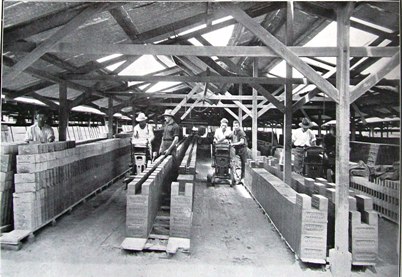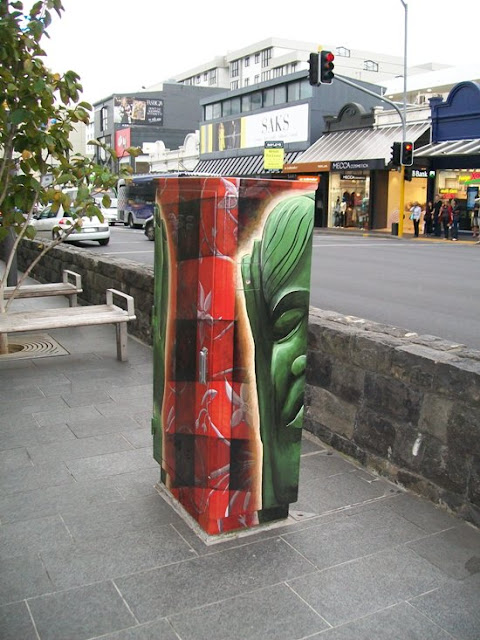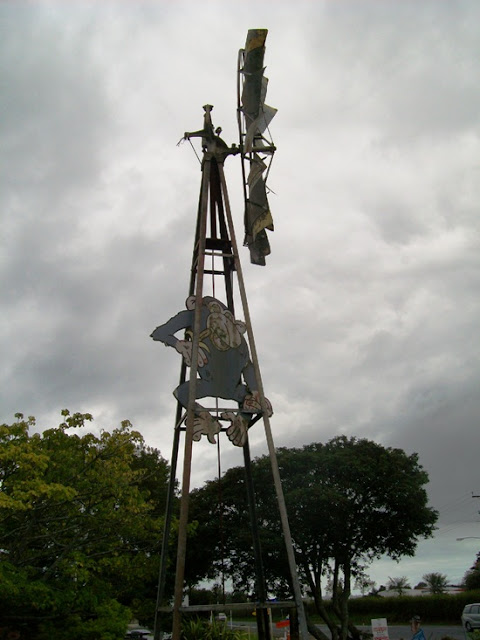I visited members of the Crum family the other day, descendants of Albert Crum who (with Hugo Friedlander) started up the New Zealand Brick, Tile & Pottery at New Lynn in 1905. A prospectus was produced from 1929 -- the first for the then-new Amalgamated Brick and Pipe Company Limited. My thanks to the Crum family for allowing me to photograph this important document in Auckland's brickmaking history.
Amalgamated was the joining together of Glenburn in Avondale, NZ BT&P and Gardner's in New Lynn, and Clark's at Hobsonville. It soon gathered others up as well, such as Archibalds.
Avondale's Glenburn works.
On Glenburn's factory floor.
Hollow tiles made at Glanburn.
The Hobsonville works.
Main drying floor at Hobsonville.
New Lynn's NZ Brick, Tile & Pottery worls, Rankin and Clark Streets. Note the railway overbridge -- this was the days long before trenching.
NZ BT&P dying sheds.
NZ BT&P factory.
Loading at Gardner's No.2 works, New Lynn.
Corner of the electric power house at Gardner's No.2.
Steam navvy at Gardner's No. 2 -- "showing wonderful gace of high-grade clay".




























































